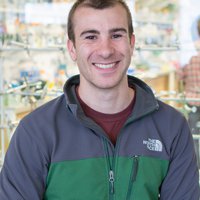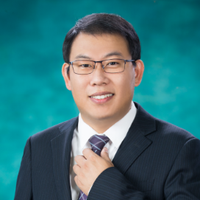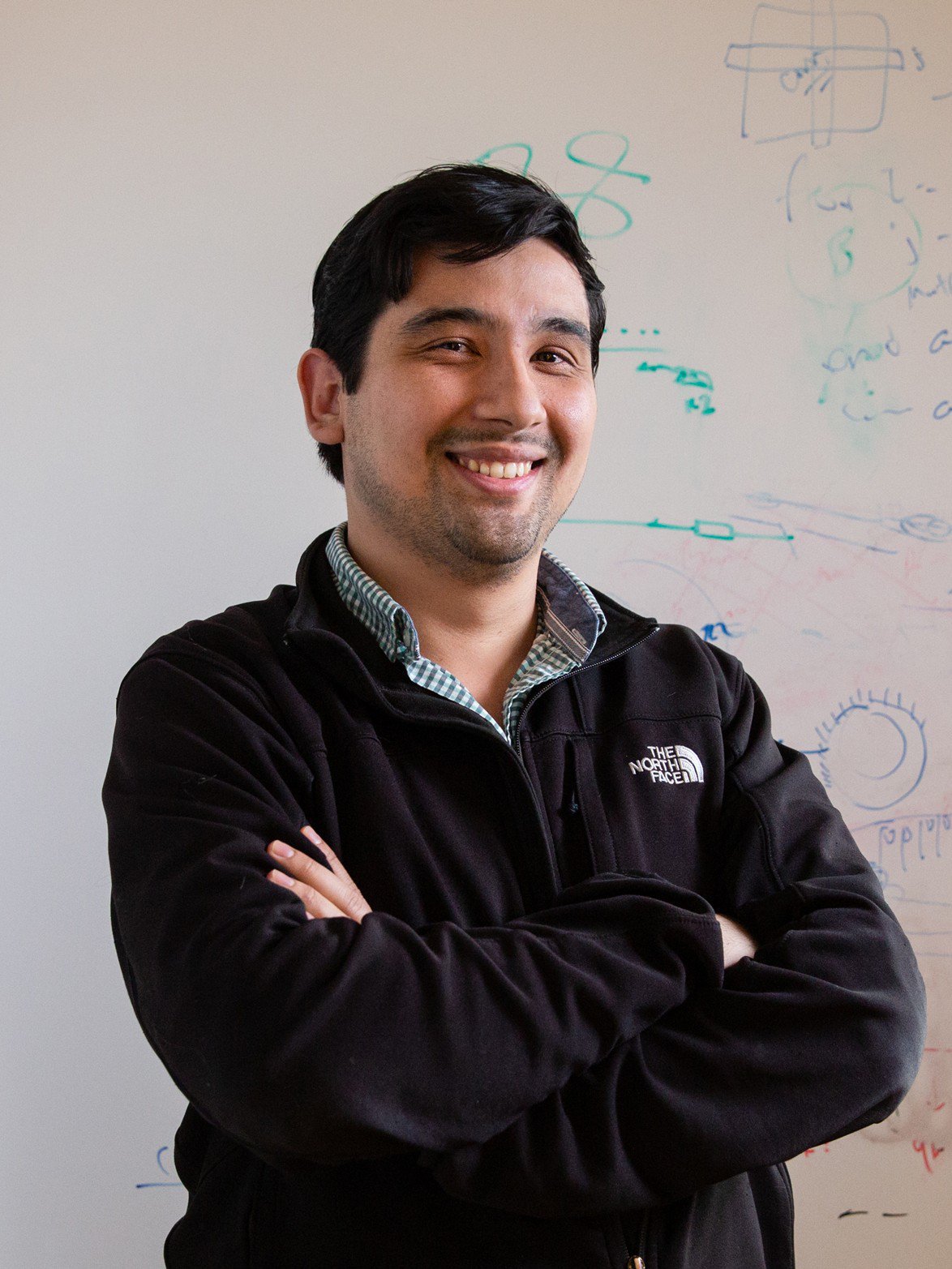Biotechnology & medicine
Jason Buenrostro
A tinkerer figures out how to tell which genes are active inside a cell

MENA
Mohamed Dhaouafi
Affordable 3D printed, bionic, and customizable prosthetics for children and youth

Global
Marc Lajoie
Programming white blood cells to fight cancer

China
Zhiguang Wu
Created a micro-nano robot to accurately deliver drugs to hard-to-reach tissues

China
Lei Li
Understanding the human brain through photoacoustic tomography
